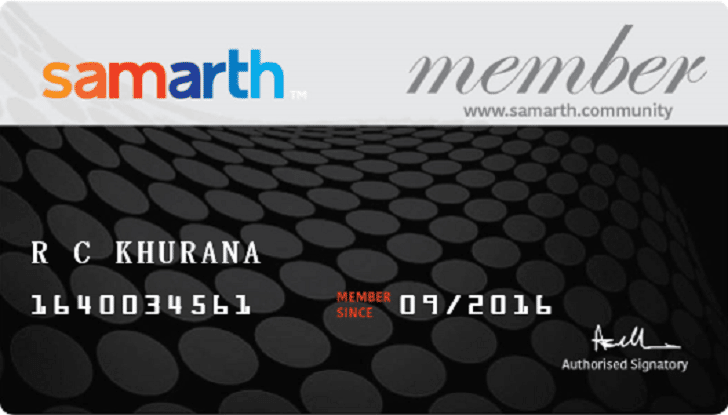You may be surprised to know that there are around 100 million people in India suffering from auditory impairment. It is the second most common disability in India. The prevalence is higher in children and the elderly, and in rural areas. Among those aged above 65 years, the prevalence of hearing disability ranged between 56 to 62% across urban and rural areas.
Hence, it is a significant issue to be tackled with. However, it is not easy to accept it when we are faced with the problem. Often, the good part is that age-related hearing issues are not complicated. It can be overcome with the help of hearing aids. If the hearing loss is due to some other complications, the doctor may suggest different lines of treatment. The bottom line though is, that when you experience hearing loss, treatment needs to be sought immediately.
Understanding hearing aids

Join Now >
A hearing aid is an electronic device that can be worn on the ear. It amplifies the intensity of the sounds to help overcome the difficulty in hearing. It usually has a microphone, a microchip, an amplifier, a battery, and a receiver. The most common type of hearing aid is the one worn behind the ear. This is for people with mild to moderate hearing loss. There is tubing that helps fit the device and send the sounds into the ear.
There are in-the-ear hearing aids, also called in-the-canal aids. They fit into the ears, are less visible, and are suitable for people with mild to moderate hearing loss. There are completely-in-the-canal hearing aids that are tiny and fit inside the ear canal. They are invisible and help people with moderate hearing, especially due to injury or age. Some advanced ones have to be fitted into the ear and removed by an audiologist only. There are some body-worn hearing aids available as well. The doctor would be the best judge on what kind of hearing aid is best suited for your hearing loss. For those asked to use hearing aids, the next step is to get used to them. We bring you some tips that can help you along.
Tips to feel comfortable with hearing aids
- Prepare for unfamiliar sounds
The sound coming in through the hearing aids will not be 100% natural as otherwise. Hence, you should be prepared for even your voice to sound just a bit different. A bit of talking or reading aloud to yourself will help familiarise your voice. Also, you may hear chewing or swallowing sounds as they are amplified, which usually isn’t the case. Some unwanted background noises may also get picked up and one should be prepared for that as well. The key aspect here is not to give up and persist as it may take some time to get familiar.
- Practice at home
When you get the hearing aids, first use them at home and practice and prepare to wear them out. There is always an inner fear or what if in the mind. You may worry if it will work out fine, or people will ridicule, etc. These fears can be overcome by using them at home and getting used to them and knowing that things will work out fine. Give yourself some time over this.
Start with quiet, normal environments and then start listening to sounds. You may want to listen to the radio or different sounds in the environment to learn to identify them easily. Another good tip is to ask your family and friends to talk to you in a normal voice or to keep the TV or radio volume to normal. This helps you get used to listening more easily. Also, while watching TV, you can use subtitles to understand and sync better. Another trick is to listen to audiobooks while reading the printed version.
- Make gradual progress
Hearing aids do need getting used to. Hence, wear them for a few hours a day and slowly increase the duration of wearing them. Do not use them for long hours from day one. A point to note is that most hearing aids adjust the volumes automatically. Hence, even if you adjust the volume manually, it shouldn’t be made high as that can cause damage to the ears. Practice listening, if required with the help of some listening exercises.
- Learn how to use it on phone calls
The one thing you cannot avoid in today’s times is phone calls. This may need some getting used to again. Learn to tilt the phone towards the microphone of the hearing aid to be able to hear better. Therefore, before you start using the hearing aid, know where the microphone is situated.
- Maintenance tips
Periodic check-ups are required for hearing and these should not be missed just because you are wearing hearing aids. Any pain or discomfort in the ear should not be ignored. Learn to insert it and remove it properly with a firm grip. These are small devices and can get damaged easily if you drop them. When not in use, they should be kept safely in a clean place.
Ideally, even though they may be water-resistant, they are not supposed to be worn while bathing or swimming, etc. This can be checked out while purchasing. Clean the hearing aids for earwax daily and maintain ear hygiene to ensure the devices are neat and safe. The hearing aids may have a wax filter that needs to be changed periodically as well.
With proper care and being patient and steady with usage, one can start enjoying the advantages of using hearing aids to improve daily quality of life.






